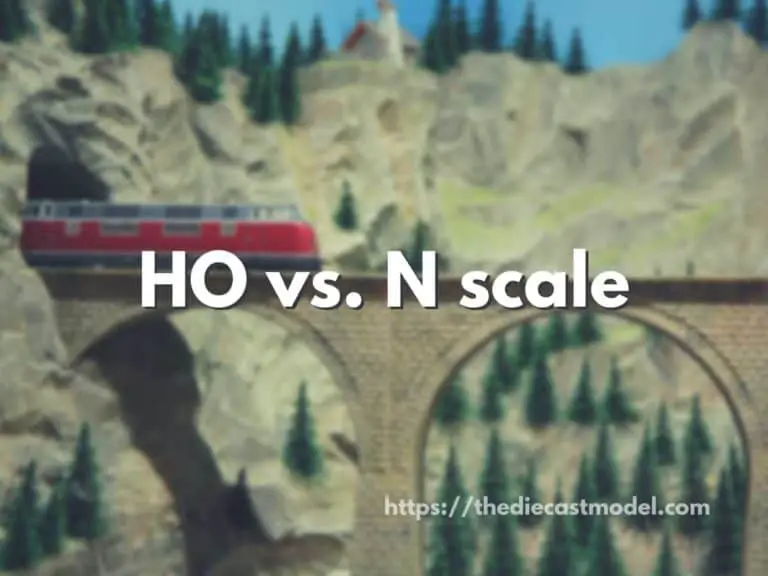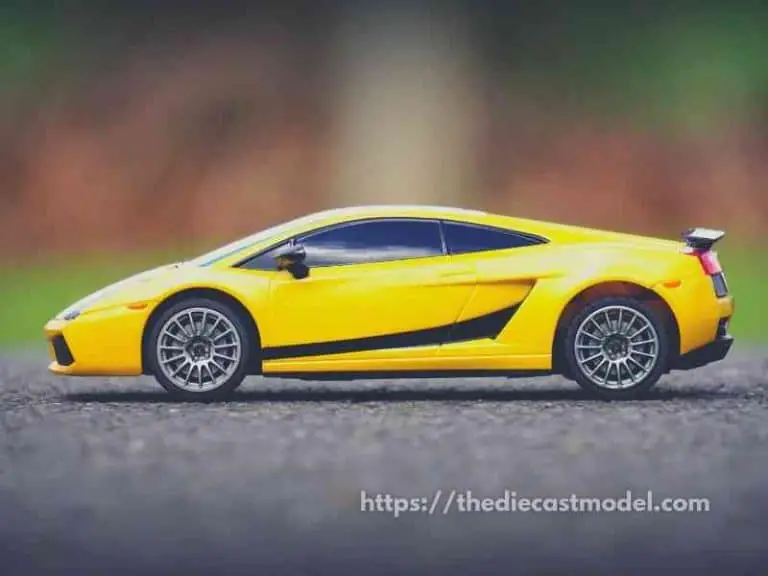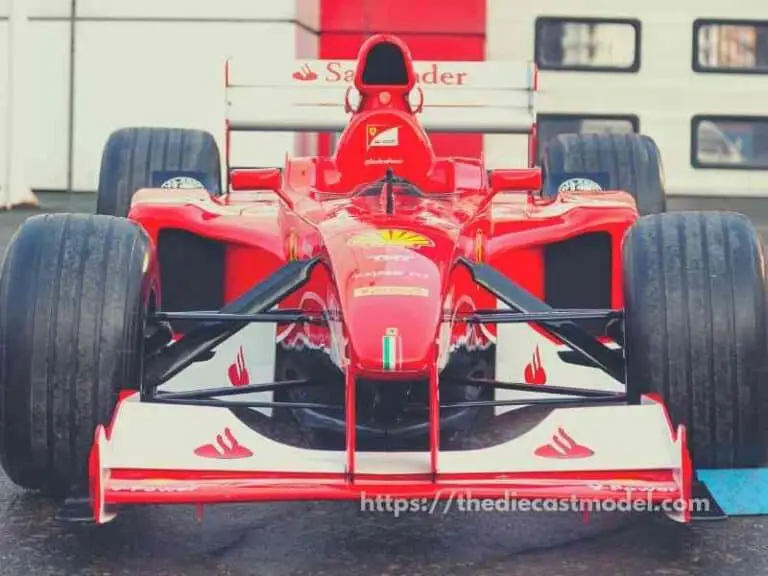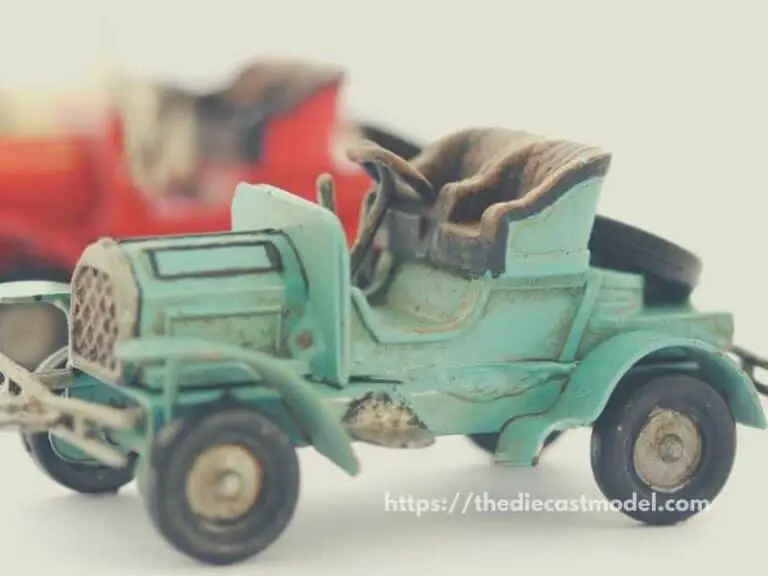Are Old Model Trains Worth Anything?
Chances are, you might have some old train models lying in your basement or garage and wonder if they’re worth some money. Like other models, old model trains can get really valuable depending on the demand for the said product. So, are old model trains worth anything?
Generally speaking, old model trains can be worth fifty to several thousand dollars. Their price depends on their age, material, rarity, and condition. For example, the 1959 American Flyer Defender Train was sold in an auction for $2,000. Another is the rare 1937 Hornby Princess Elizabeth Train sold in an auction for $4,000.
This post will give more examples of some old model trains sold for thousands of dollars. We will also discuss what to consider to find out if your model train is worth the money. Finally, you will also know how to maintain or even increase the value of your old model trains.
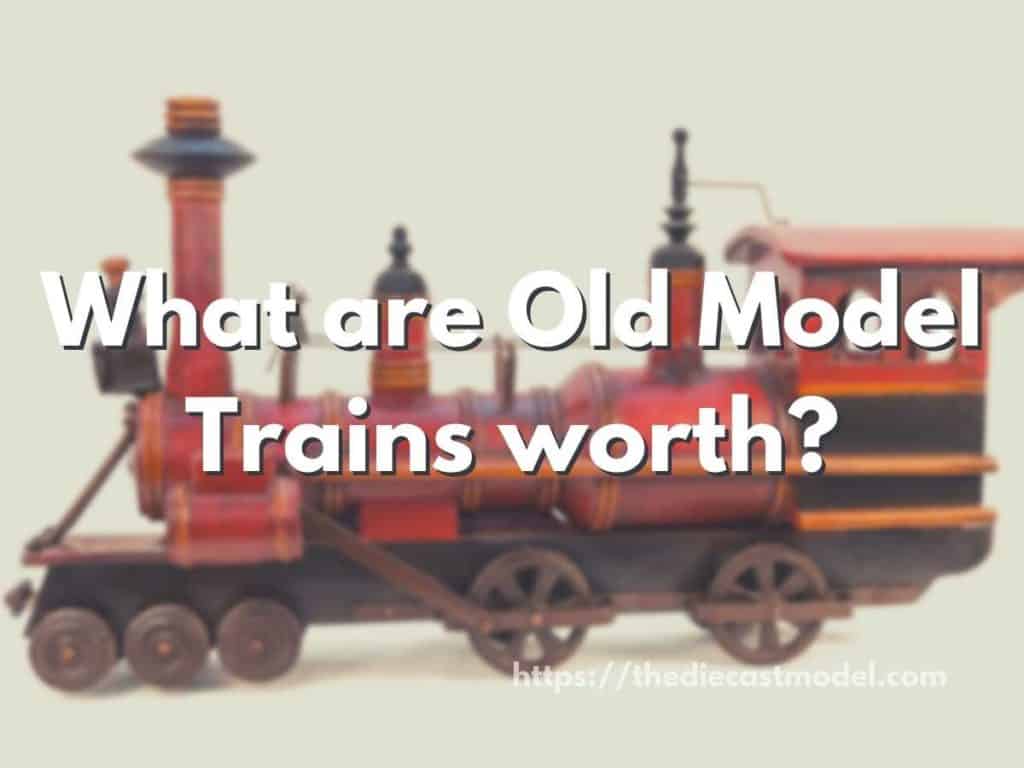
Are old model trains worth the money?
Old model trains, particularly those in limited edition, are worth a lot of money. Furthermore, old model trains made of iron instead of aluminum and plastic can also be worth a lot. For example, the 1937 Lionel 277 O gauge train, an old train with an iron body, was sold for $2,970.
Generally speaking, you can get from $50 to $10,000 from selling a vintage model train. The price is affected by numerous factors, but their material, rarity, and condition are their most important.
Of course, age is also a significant factor in its price. However, since we are already talking about old model trains, that is probably already a given.
While the model age is a significant factor, the material, rarity, and condition can still drive the model’s price up.
For example, the 2019 Hornby R3685 GWR HST Train is a rare model that many collectors are looking for ways to get their hands on this model. Even if it is not an old train model, since it is both in mint condition and limited, it was sold in an auction for $550.
However, if you add the rarity and age, we have something that can go for thousands of dollars.
An example is the rare 1957 Lionel 1587S Girls’ Train Set with a 2037-500 Pink Locomotive. This is one of the few Lionel models released in pastel pink colors. This model was designed for girls, but it didn’t click. Since the production stopped, this model became a limited edition sought by collectors. A near-mint condition model was later sold in 2022 for $2,550.
Another limited edition model sold for a lot is a Centennary limited edition Hornby model.
The 1963 Hornby R3809 Stephensons Rocket Train Pack, a Centenary Year Limited Edition, is a vintage model train in limited edition and mint condition. This model was sold for about $920 in 2022.
Also, take note that the material also matters in vintage model railroading. Generally speaking, old model trains made out of iron are more expensive than those made with aluminum.
However, an important thing to note is that old model trains made of iron are significantly more challenging to maintain than aluminum models due to rusting.
Thus, properly maintained old model trains made with iron are expensive since getting one in excellent condition is rare.
An example is the rare 1937 Lionel 277W “O” Gauge Train. This is a model made with iron and was sold for $2,970. What’s interesting is how it was sold for a high price despite having some spider cracks on their paint and some rusting because it’s made out of iron.
As you can see, if the model doesn’t have any rusting and spider cracks, this model can quickly be sold for about $4,000 to $6,000. That’s how valuable well-maintained old model trains are.
But that doesn’t stop there. Scales also matter.
Generally speaking, old model trains in the S, O, and HO scales are more expensive than the others. This is because there are more collectors in the said scale and the O and S scale had a bit of history behind their price.
In the early model railroading, the train sizes are named using gauges. For example, Gauge 0 is now equivalent to the 1/48 scale, while Gauge 1 is the 1/32 scale.
The Gauge 0 became what is now known as the O scale. While Gauge 1 has been halved, that ultimately led to the S scale.
Since many old models are in Gauge 0, many collectors want to get their hands on old O scale trains. That’s why they are generally more expensive than other scales.
Today, the HO scale is the most popular scale accounting for 60 to 70% of the train models. That is why vintage models on this scale are expensive since people want old models on the same scale so they can run them in modern tracks.
For the S scale trains, it boils down to history. This is because S scale trains are the oldest train scale since the first S scale trains were produced in 1896.
Due to the S scale’s history, they are expensive and are making a comeback in model railroading ever since Lionel reintroduced them in 1979.
An example is the 1959 American Flyer S Gauge 20435 Train.
A 1959 American Flyer S Gauge 20435 Train is a vintage old model train that was sold in its box. This very rare S scale train was sold for $2,100 in an auction.
For more information regarding the history of the S scale, I made a post discussing its interesting history here: Is 1/64 the same as the HO scale?
As you can see, there are many factors to consider to know the value of a vintage model train. The good news is that you can do things to get the most out of your model, which we will talk about in the next section.
Do model trains increase in value?
Generally speaking, model trains, particularly the well-maintained ones, increase in value. Furthermore, those made with metal instead of plastics tend to increase their value faster. Thus, it is essential to know how to take care of your model train to increase its price.
We already went through some examples of rare vintage model trains that went for thousands of dollars.
All of those things have one thing in common, which is they are sold in excellent condition.
Model trains having an excellent condition doesn’t always mean that you won’t find any fingerprint or rusting on the model.
In fact, the rare 1937 Lionel 277W “O” Gauge Train was sold for $2,970, even if it has some spider cracks and rust.
Of course, it will cost more if it is near new. But what I want to emphasize is that taking care of your model train is essential to get the best value out of them.
If you don’t want any trouble with maintenance and would only want your models to increase in price, you can always keep the models in mint condition.
This means you shouldn’t open the box since models not in mint condition are generally 20% cheaper.
However, some people prefer opening and playing with their model trains. But that is not an issue if you know how to take care of them.
Some ways of taking care of your models are waxing and cleaning them to prevent oxidation. Furthermore, try not to put them in a moist environment since it speeds up oxidation.
Also, make sure to use primers and topcoats to protect the paint and body if you are painting them.
Lastly, even if you took care of your models, you should know their approximate value to sell them at the right price.
The good news is there is no need for memorizing the prices of old model trains since that is impossible. Since model railroading has been around for more than a century, many model trains are worth a lot.
The only thing you need to do is check the details of your model-particularly the year of production and brand. Using this, you can search eBay to see how much they are usually sold and get an estimate.
My final tip is always to check the manufacturer’s code below or beside the train. The code usually signifies their year of production to give you more insights into how much you can sell them.

